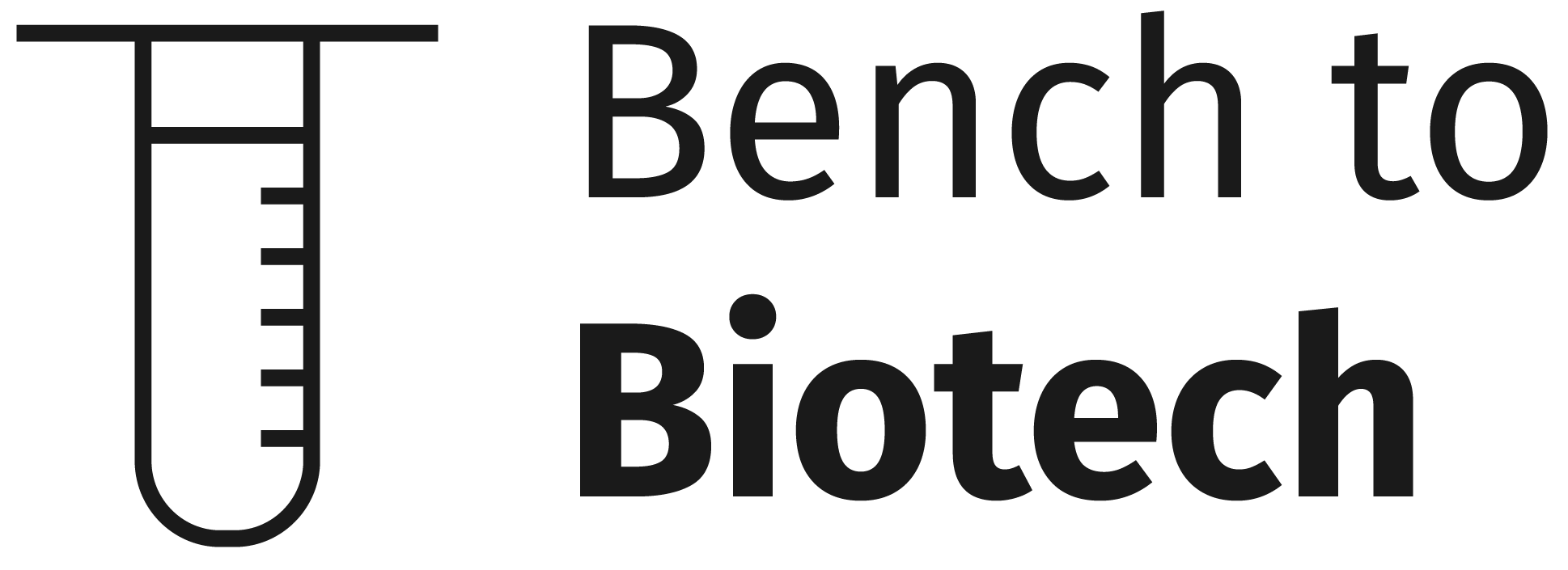Is a universal flu vaccine finally on the way?

Last week, a group out of Mount Sinai published early results from a clinical trial for a potential universal flu vaccine. This concept has been kicked around with varying degrees of optimism and credibility for years. So I thought we might dig into what's going on here and figure out if we're a few short years from our last annual flu shot.
Why we don't have a universal vaccine
Right now, we generate new flu vaccines each year based on our statistical predictions on what will be the next big thing. And the truth is, they're not that effective at the best of times. Efficacy is as low as 20%, and at best around 55%.
Vaccines work based off of the natural immunogenicity of the target protein to the body. That is, how likely is your immune system to look at it and go, "Hey now! That doesn't belong here!"
The flu vaccine generally elicits a response to the hemagglutinin protein on the surface of the virus. The head of protein is much more immunogenic than the tail. But the head also mutates more (probably because the body tends to target it) giving rise to new strains each year which your body no longer has immunity to.
The tail, on the other hand, is much more stable genetically speaking. It's also much less immunogenic. As a general rule, your body's immune response quickly focuses on just the most immunogenic parts of the protein even when it can generate some antibodies against all parts of the protein.

Training your immune system to look for common features
Early attempts to force your immune system to focus on just the hemagglutinin tail attempted to use just that portion of the protein to elicit a response and boost it. These protein fragments are highly unstable, though, and these studies ultimately failed.
The latest trial used a strategy which keeps switching the "hat" of the protein. Most adults have been exposed to the flu virus and have some level of existing flu virus immunity. They engineered artificial versions of the hemagglutinin protein (chimeras, if you will) that use the head from avian influenza subtypes.
By switching to a completely unknown head protein, the body will rely on its preexisting antibodies to the tail protein, which is suddenly the strongest signal (Remember, it's lazy and would prefer to use an existing response). This forces your body to amplify this anti-tail response and hopefully protects against a much wider variety of flu strains

But does it work?
The study published was a Phase I safety study, but at this point we basically understand how to make a flu vaccine and what the risks are. Let's dig into the much more interesting "secondary" study endpoints - the response data.
The key figure here is the mouse protection study. Essentially, they took the serum from vaccinated humans, which contains the relevant antibodies, and injected it into mice along with a few different strains of flu to see if they got sick.
The first three graphs are different immunization protocols, and the purple group were the placebo treated patients. Because we can't ask the mice if they feel like crud, we use weight loss as a proxy for health.
What we see here is that the different immunization protocols were varying levels of effective, but all protected the mice from weight loss in comparison to the control.

When we might see a vaccine hit your local drug store
Before 2020, vaccines were frankly not a sexy area of investment in biotech. It was seen as a relatively stale area of the market. Just to give perspective, the global vaccine market is a mere $33B versus $1.3T for all pharmaceuticals.
But trap everybody in their house with their families for a few months and suddenly vaccines are sexy again.
Still, short of another flu pandemic triggering governments across the world to dump money onto the problem, I would say expect a relatively sedate 3-5 years which will allow for patient follow ups.
Not least because, and this may surprise you, mice aren't people. There is still a long road to go proving efficacy with a Phase II trial, followed by a large scale Phase III trial (typically in the 10s of thousands), and plus follow up for efficacy. And if antibody titers drop off, we'll likely still have to suffer annual or biannual shots, but at least we could see a nice uptick if efficacy compared to dismal historical rates of 20-50%.
From a business perspective it doesn't seem that the investigators have launched a new company yet, at least based on the disclosures in the paper acknowledgements. They do state that their labs are funded by GSK (Glaxo Smith Klein), so potentially this will be a clean license and launch by the biggest player in the vaccine market. That's good for us as consumers hoping to avoid another global pandemic.
